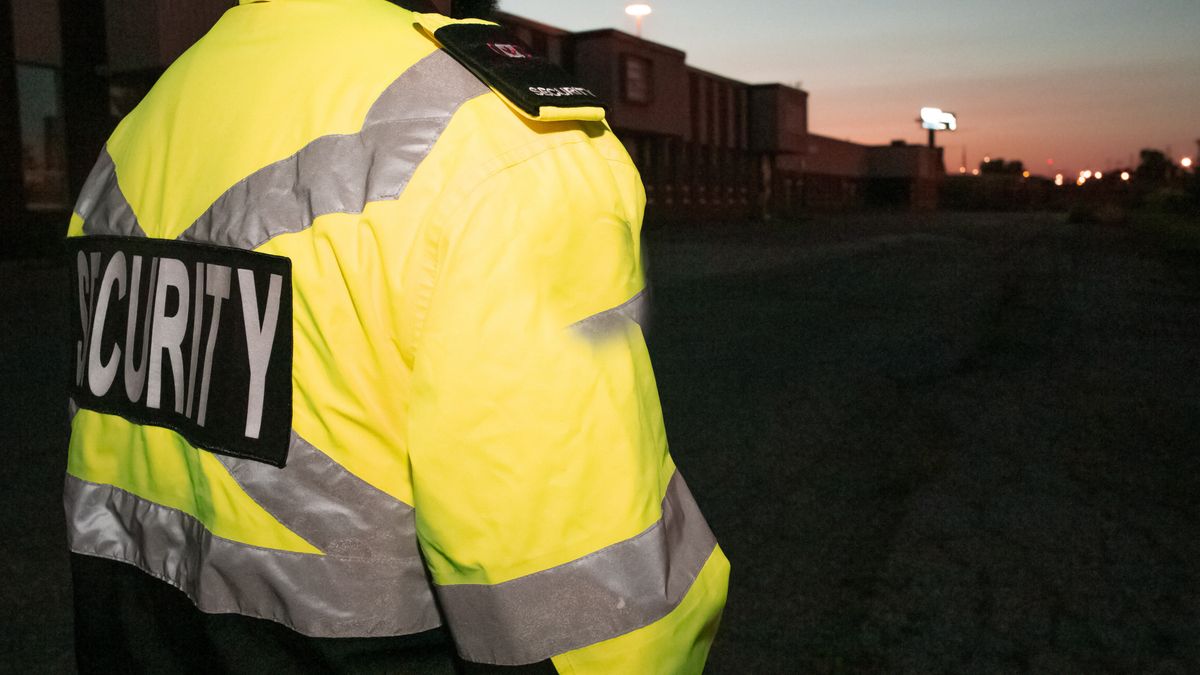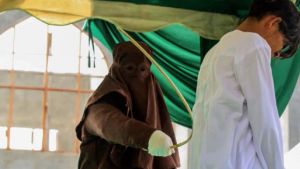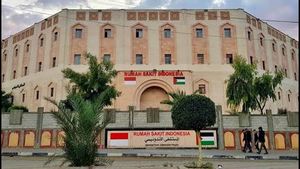YOGYAKARTA The question regarding what is a safe house emerged after the Attorney General's Office (AGO) provided safe housing facilities for 30 Public Prosecutors (JPU) who handled the murder case against Brigadier J involving Ferdy Sambo Cs. Then, what exactly is the safe house?
The term safe house in general refers to safe houses provided for witnesses/victims/reporters in certain criminal cases that aim to provide protection to them.
The Institute for Criminal Justice Reform (ICJR) explains that the safe house is a term used in law enforcement and security operations that refers to a location or place that has security.
In addition, the safe house is also interpreted as the right place to hide someone who does not want to be known by certain parties or that person is in a dangerous situation or threat.
The safe place also refers to security facilities provided to witnesses who are threatened to be able to testify. Or it can also be used as a place of shelter for women and children who are victims of violence.
This is in line with the explanation of the Deputy Chairperson of the Witness and Victim Protection Agency Edwin Partogi Pasaribu.
Quoted from Lpsk.go.id, Edwin explained that the witness who was placed in the safe house was protected (witness/victim/pelapor) whose condition or condition was very threatened with the safety of his soul.
Safe House is the maximum protection for protected so that one of the consequences is that communication with protected people will be limited.
Based on the operationalization site, the safe house is divided into two types. The first is a safe house that is permanent or permanent in one particular location. This type of house is managed in a witness protection program that occupies a permanent location somewhere.
While the second type is a mobile or mobile safe house. This type of house certainly has more flexibility than a permanent safe house.
The location of the mobile safe house can be anywhere and managed by witness protection officers who also move around for a certain period of time according to the needs of witness or victim security.
Although the types are different, the location of safe houses is confidential and only known to some people is known.
Legally, the placement of witnesses who are threatened in the safe house is based on Article 5 paragraph (1) letter K of Law no. 31 of 2014 concerning the Protection of Witnesses and Victims. It states that witnesses and victims are entitled to temporary residences (safe houses).
The use of a safe house also cannot be arbitrary. Usually it involves special and specific protection operations so that its use is selective compared to other protection methods because it is more complicated and requires quite large financial costs.
In general, the safe house is intended for people who have the status of key witnesses who receive or have the potential to receive serious threats from certain parties. People who receive safe houses include families of protected people such as their father, mother, and children. However, it is also possible to cover a wider family.
The safety factor in the safe house is the main thing. Therefore, safe houses are different from where they live in general.
The Witness and Victim Protection Agency (LPSK) itself places witnesses in safe houses so that they are protected from violence and threats that have the potential to influence their statements in the case or case of Humum that he reports.
Therefore, the safe house applies high standard security. This standard does not only apply to buildings and the completeness in them, but also has skilled security personnel, drivers or transporters, and is always located in strategic places so that they are easy to go in emergency conditions.
Apart from what is a safe house, get other interesting information on VOI.ID.
The English, Chinese, Japanese, Arabic, and French versions are automatically generated by the AI. So there may still be inaccuracies in translating, please always see Indonesian as our main language. (system supported by DigitalSiber.id)










